lab final
1/48
There's no tags or description
Looks like no tags are added yet.
Name | Mastery | Learn | Test | Matching | Spaced |
|---|
No study sessions yet.
49 Terms
Adapoids
strepsirrhines
-bony ring
-longer snout
Omomyoids
haplorhines
-short snout
-bony tube
Parapithecidae
Platyrrhine
-2133
Propliopithecidae
Catarrhine-like
Aegyptopithecus
Characteristics
2:1:2:3
Sivapithecus/Ramapithecus
orangutans-no suspensory adaptations
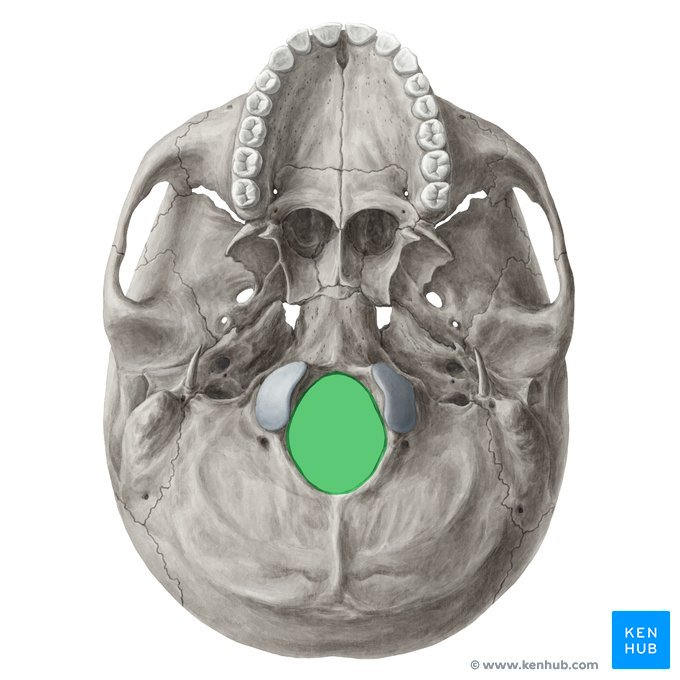
anteriorly placed foramen magnum
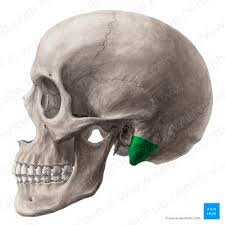
larger mastoid process
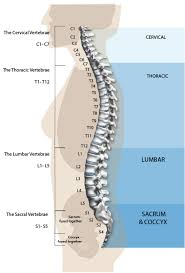
s-shaped spine
larger lumbar vertebrae
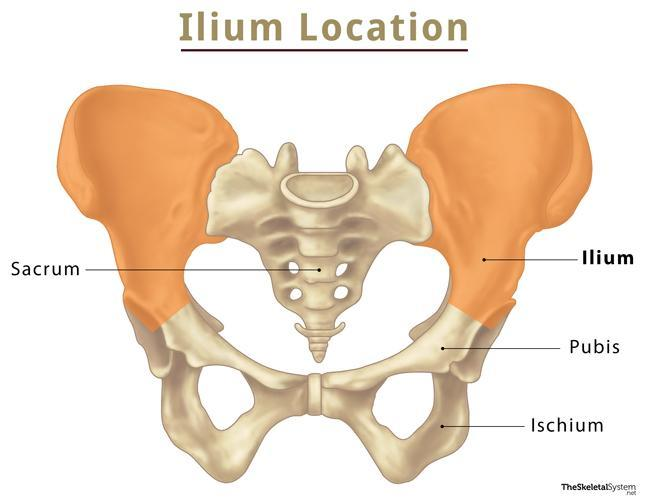
Ilia
short broad and splayed
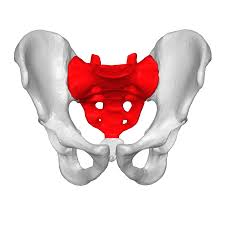
Sacrum
short and broad
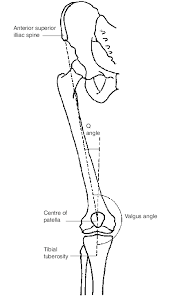
Valgus angle
femur angled in towards the knee instead of straight down
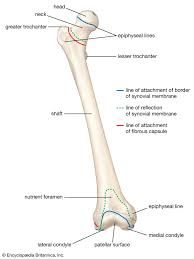
femur
-elongated femoral neck
-higher femoral head
-elongated diaphysis(shaft)
-pronounced linea aspera (femur line)
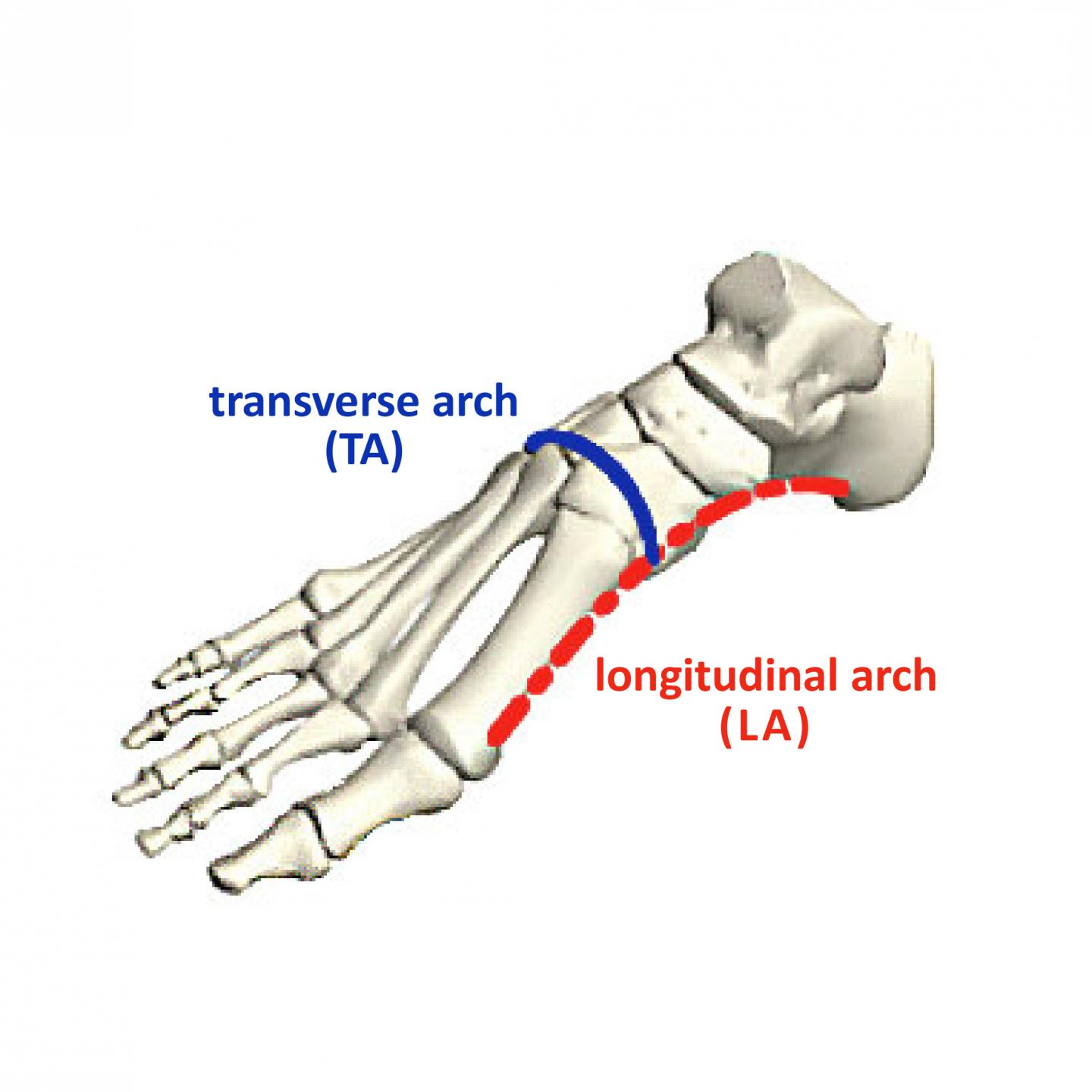
foot
-Hallux in line
-robust first metatarsal
-transverse and longitudinal arches
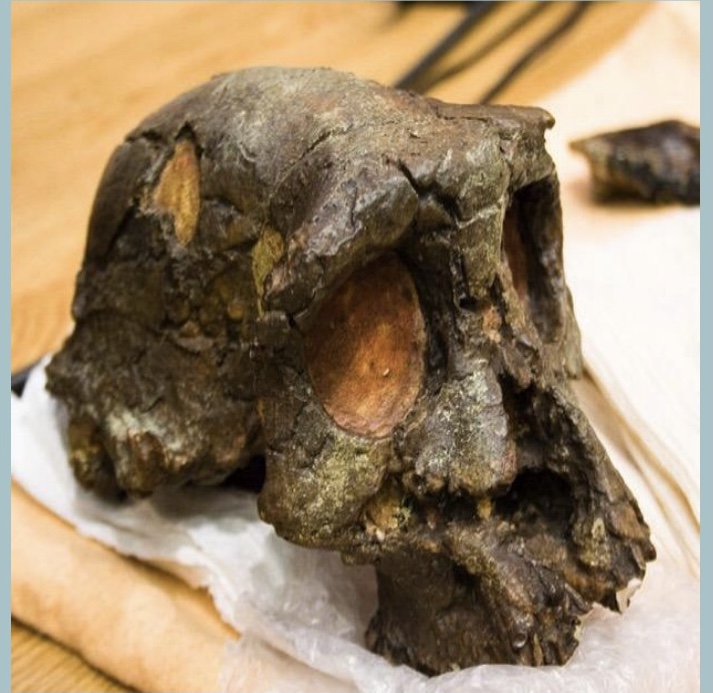
Sahelanthropus tchadensis
-chad(west africa)
-7-6 mya
-small brain
-large brow ridge (supraorbital torus)
-parabolic dental arcade
-reduced sectorial complex
-crainum says biped, femur does not
Orrorin tugenensis
-kenya (east africa)
-6 mya
-biped femur
-long legs
-thick molar enamel
Ardipithecus ramidus
-ethiopia
-4.4 mya
-divergent hallux
-compacted skull
-reduced canines
-small brain
Australopithecus anamensis
-east africa (kenya/ethiopia)
-4.17-3.9 mya
-tibia indicates bipedality
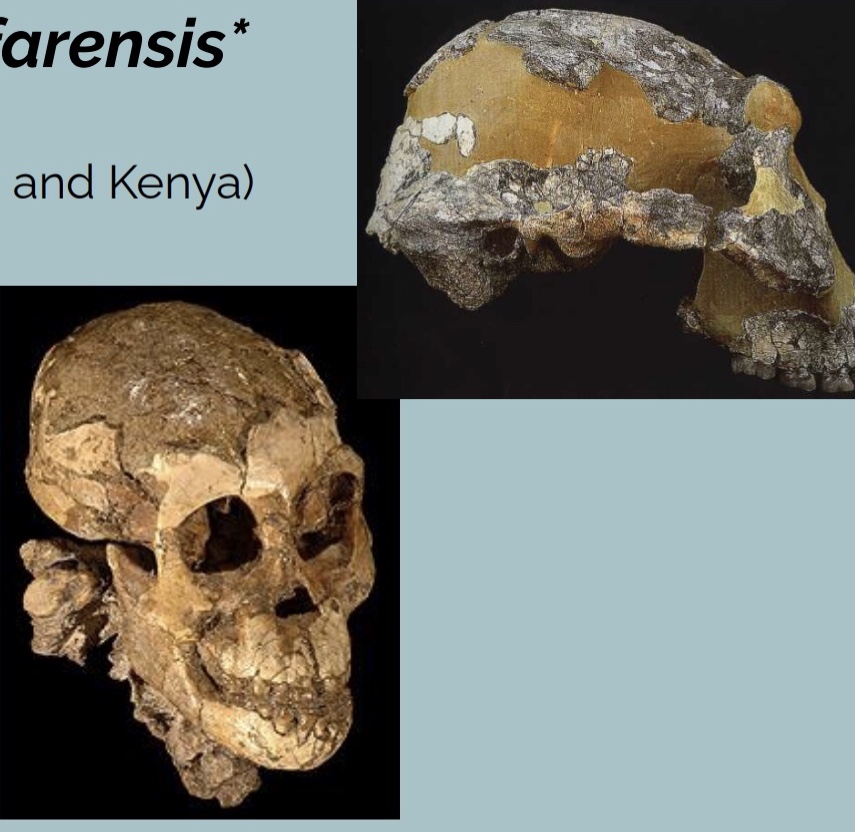
Australopithecus afarensis
-east africa (ethiopia, tanzania, kenya)
-3.6-3mya
-small cranial capacity
-prognathic
-remnant sectorial complex
-parallel dental arcade
-simian shelf (lower jaw has a mouth roof)
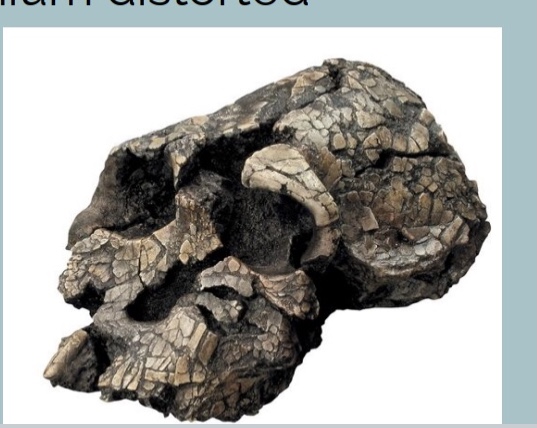
Kenyanthropus platyops
-East Africa (kenya)
-3.5 mya
-flat face profile
-bipedal
-cranium distorted
Australopithecus bahrelghazali
-central/west africa (chad)
-3.5-3 mya
-bicuspid lower p3
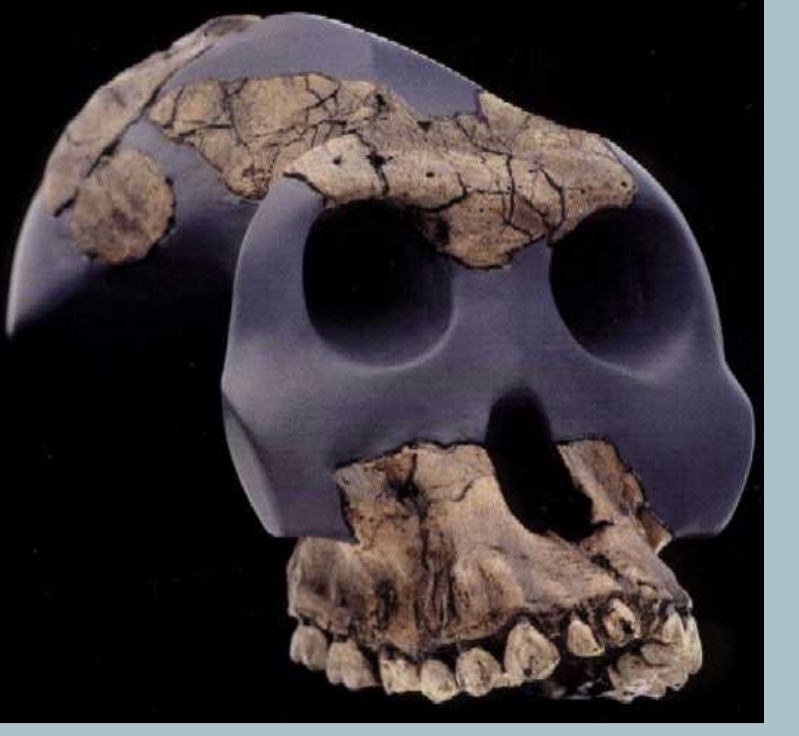
Australopithecus garhi
-East Africa(ethiopia)
-2.5 mya
-cut marked bones
-less arboreal locomotion
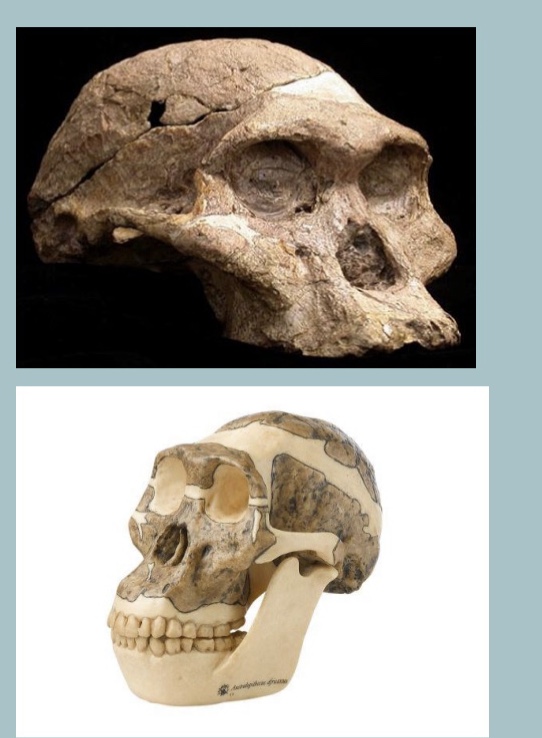
Australopithecus africanus
-South Africa
-3-2mya
-anterior pillars
-no remnant sectoral
-bicuspid p3
-smaller teeth
-parabolic dental arcade
-less prognathic
-more globular cranium (no sagittal crest)
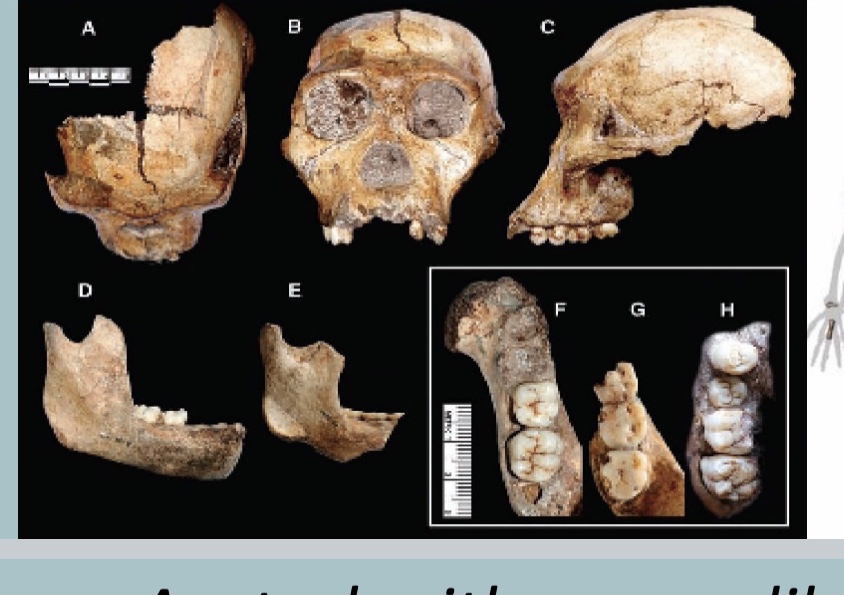
Australopithecus sediba
-south africa
-1.98 mya
-closest to A. africanus
-pronounced glabella
-parabolic dental arcade
-globular cranium
-less flaring zygomatic arches (cheekbones)
-small post canine teeth
-weakly arched supraorbital torus
-no anterior pillars
-long arms, short hands
Robust australopithecines
-post canine megadontia
-wide flaring zygomatics
-saggital crest
-small cranial capacity
-postorbital constriction
-dish-shaped face
robust australopith dentition
-huge jaw
-small incisors/canines
large premolars/molars
-parabolic dental arcade
-simian shelf
-no diastema
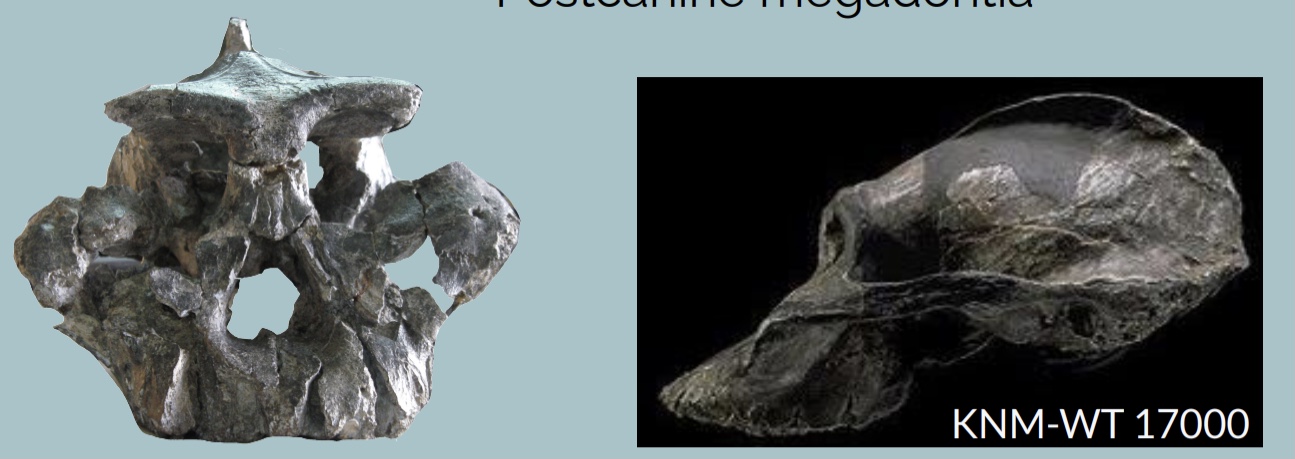
Australopithecus aethiopicus
-east africa (Ethiopia)
-2.7-2.3mya
-largest sagittal crest
-highest post orbital constriction
-most dished face
-postcanine megadontia
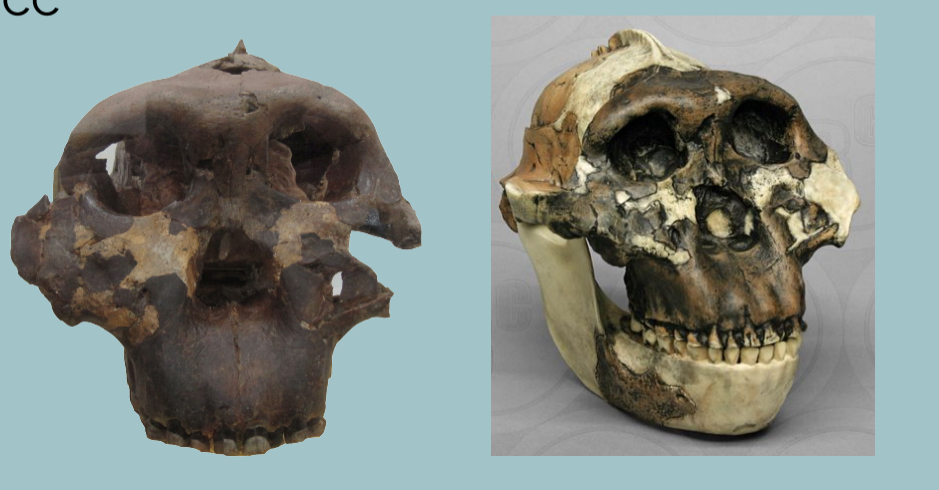
Australopithecus boisei
-East Africa (Tanzania)
-2.3-1.3 mya
-hyper robust
-largest
-postcanine megadontia
-nutcracker man
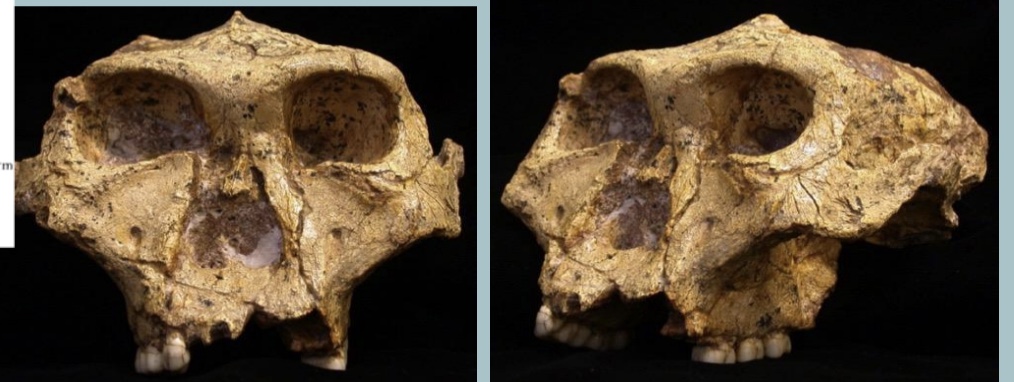
Australopithecus robustus
-South Africa
-2.0-1.5 mya
-least robust
-anterior pillars
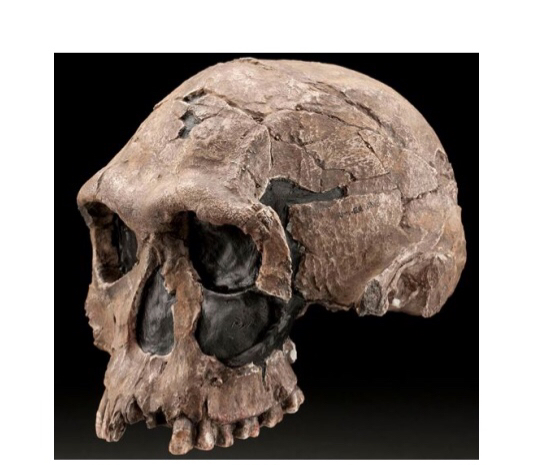
Homo habilis
-east/south africa
-2.3-1.6 mya
-globular skull
-reduced prognathism
-prominent supraorbital torus
-parabolic dental arcade
-smaller postcanine teeth
-biped but long arms and climbing adapted hands
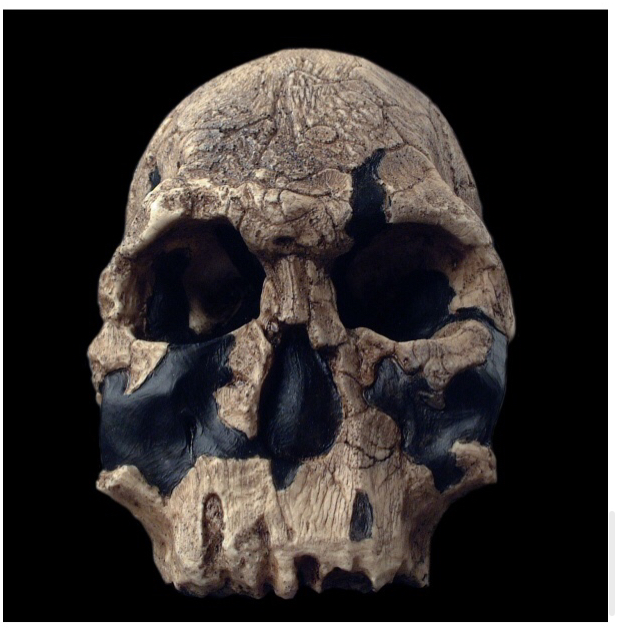
Homo rudolfensis
-East africa
-2.4-1.6mya
-larger orgonathic face
-robust jaw, broad molars
-primative supraorbital torus
Homo erectus
-africa, asia
-1.9mya-200kya
derived:
-modern body proportions
-smaller teeth
-globular cranium
-more orthognathic
archaic:
-prominent brow ridge
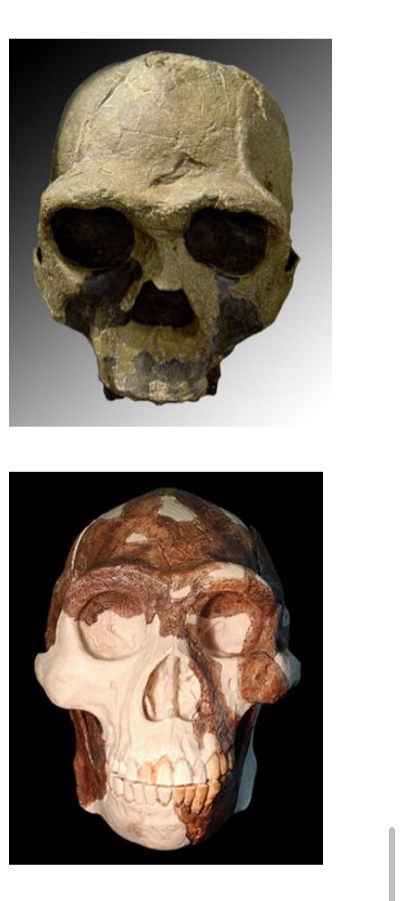
Homo ergaster
-expanded range in africa
-1.8-1 mya
-supraorbital torus
-rounded cranium but with a sloping back
early H.erectus Africa
-fully modern body
-larger cranial capacity
Early H. erectus Asia
ancestral small body size
derived- long lower limbs, big toe in line
later H.erectus
-long low cranium
-highly angled occipital
-angular supraorbital torus
-pronounced sagittal keel
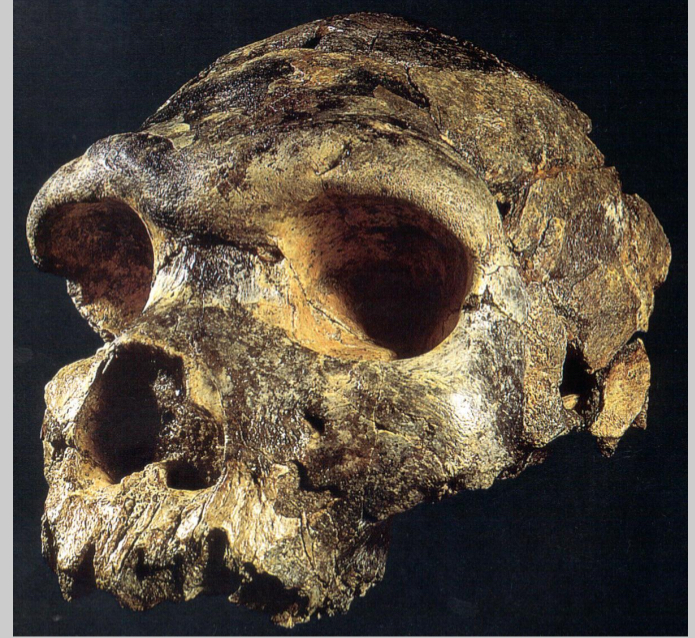
MP Homo
-large face
-low forehead
-projecting supraorbital torus
-increased encephilization
-rounded braincase
MP Homo Africa
-600kya
-ethiopia
-massive face
-wide nasal apeture
-separate arched brow ridges
MP Homo Europe
-Germany/spain
-500 kya
-robust mandible
-large teeth
-saggital keel
-separate arched brow ridges
-wide nasal apeture
-projecting mid face
MP Homo Asia
-200kya
-higher skull height
-angled occipital
-more gracile
MP Homo overview
Derived:
-larger brain
-higher cranial vault
-reduced post orbital constriction
retention traits
-strong supraorbital torus
-robust facial fetures
-sagittal keel remnant
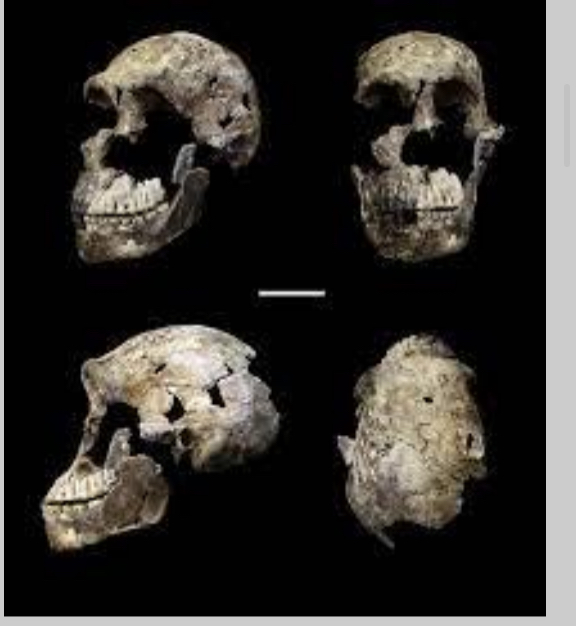
Homo naledi
-south africa
-250kya
ancestral:
-small brain
-sagittal keel
-postcranial climbing adaptations
Derived:
-hand foot dextarity
-smaller dentition BUT large er towards back teeth
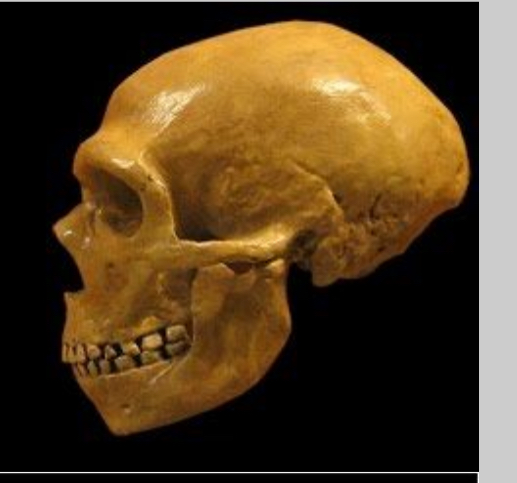
Neanderthals
-130-30kya
-europe and middle east
Ancestral:
large nasal apeture
large interior dentition
derived
-large brain
-weaker supraorbital torus
-Occipital bun**
-midface prognathism**
-retromolar gap**
Homo sapian
Everywhere
300kya-present
Ancestral:
-prominent supraorbital torus
derived:
-large brain
-mental eminence
-globular high braincase
Homo floresiensis
-Indonesia
-60-100kya
-small bodied hominins
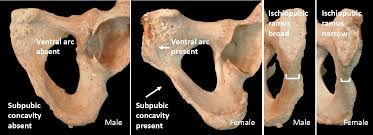
sexing os ocoxa
ventral arc- more square shaped/jutting out
ischiopubic ramus ridge- females have a thin curve/men thick throughout
subpubic concavity- women are curved men straight
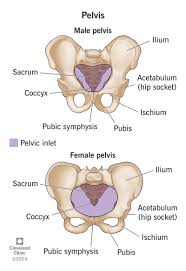
pelvis sexing
males:
-less flared Ala
-obturator foramen circular
-smaller pelvic angle
-small siatic notch
females
-flared ala
-oval obturator foramen
-wide siatic notch
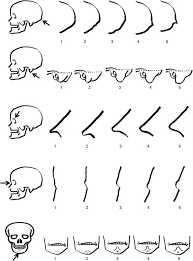
cranium sex estimation
men have more sharp nuccal crest
larger mastoid process
thicker supraorbital margin
jutting glabella
larger mental emenance
pubic symphysis
younger has more billows and furrows
middle age has an outline and is weathered
old is completely weathered and irregular shape